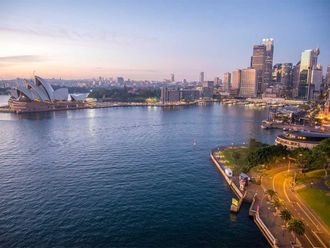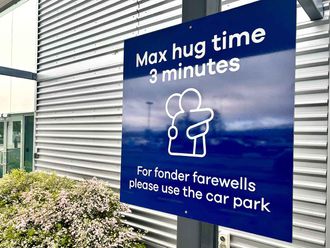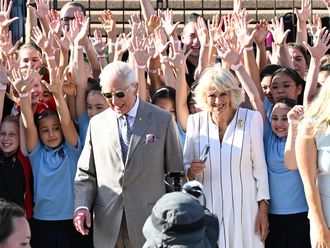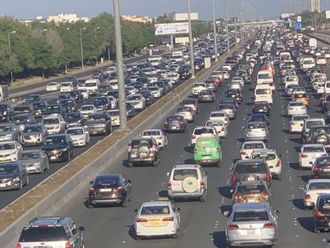Mumbai: Five years after gigantic waves triggered by a deep-sea earthquake left a trail of devastation along the coasts of nearly 11 countries in Asia, killing nearly a quarter of a million people and displacing more than two million, the road to recovery and rebuilding continues.
Fears of another disaster however can't be discounted even today.
No one was prepared for the horror of December 26, 2004 but it kick-started the largest aid effort of all time as governments, international agencies, humanitarian organisations and individuals came together to provide succour to the survivors.
"Out of the tragedy of the tsunami came a unique opportunity to build back safer and stronger communities," says Al Panico, head of the International Federation of Red Cross and Red Crescent Societies' (IFRC) tsunami unit.
Risk-reduction moves
"Homes, hospitals and schools have been rebuilt but the recovery process doesn't end here. There can be no excuse for not doing more to protect these communities against future disasters," he says.
In fact, the IFRC is calling upon the international community to honour commitments to step up disaster risk-reduction efforts in the Asia-Pacific region.
On Boxing Day in 2004, inadequate warning systems meant that crucial hours were wasted between the earthquake and the tsunami hitting, a delay that cost tens of thousands of lives.
A UN Report on Unmet Needs, on the tsunami early warning systems in the Indian Ocean and Southeast Asia, states, "There is a clear need to strengthen systems of dissemination and communication, in particular at the downstream level."
Two major access problems are: messages transmitted during the night do not reach people while they are sleeping; and messages may not be transmitted in all of the appropriate languages to be understood, for example, by immigrants, migrant workers and tourists, states the report.
Vital messengers
Moreover, adequate budgets are vital to upgrade equipment and devices. However, efforts are being made on all fronts including the media.
For example, the Thomson Reuters Foundation has
announced a first-of-its-kind service, the Emergency Information Service, developed to respond to major natural disasters around the world.
Expert Action-Units of journalists will be deployed to scenes of major catastrophes where they will collate and disseminate life-saving information to disaster-struck populations, filling a critical gap in the chain of crisis information.
In Indonesia, Ikra Alfila has rediscovered the joy of play, but the little 10-year-old still has nightmares about giant waves five years after the tsunami that killed everyone in her family except her father.
Life has resumed its tranquil course in Ikra's fishing village of Lampuk, which was all but wiped off the map. Most of the physical damage has been repaired thanks to a massive international relief effort, but the emotional and psychological trauma for the survivors of Indonesia's Aceh province may never heal.
"Even if I wanted to, I couldn't forget. It's the same for my friends who survived," Ikra says, her voice breaking.
Indonesia was the nation hardest hit by the tsunami, with at least 168,000 people killed when the sea surged over the northern tip of Sumatra island. Over 50,000 more died in Sri Lanka, Thailand and India.
Indonesia's tsunami reconstruction agency wound up its work in April, having spent almost $7 billion on reconstruction including 140,000 new homes, 1,759 school buildings, 363 bridges and 13 airports.
With inputs from agencies













